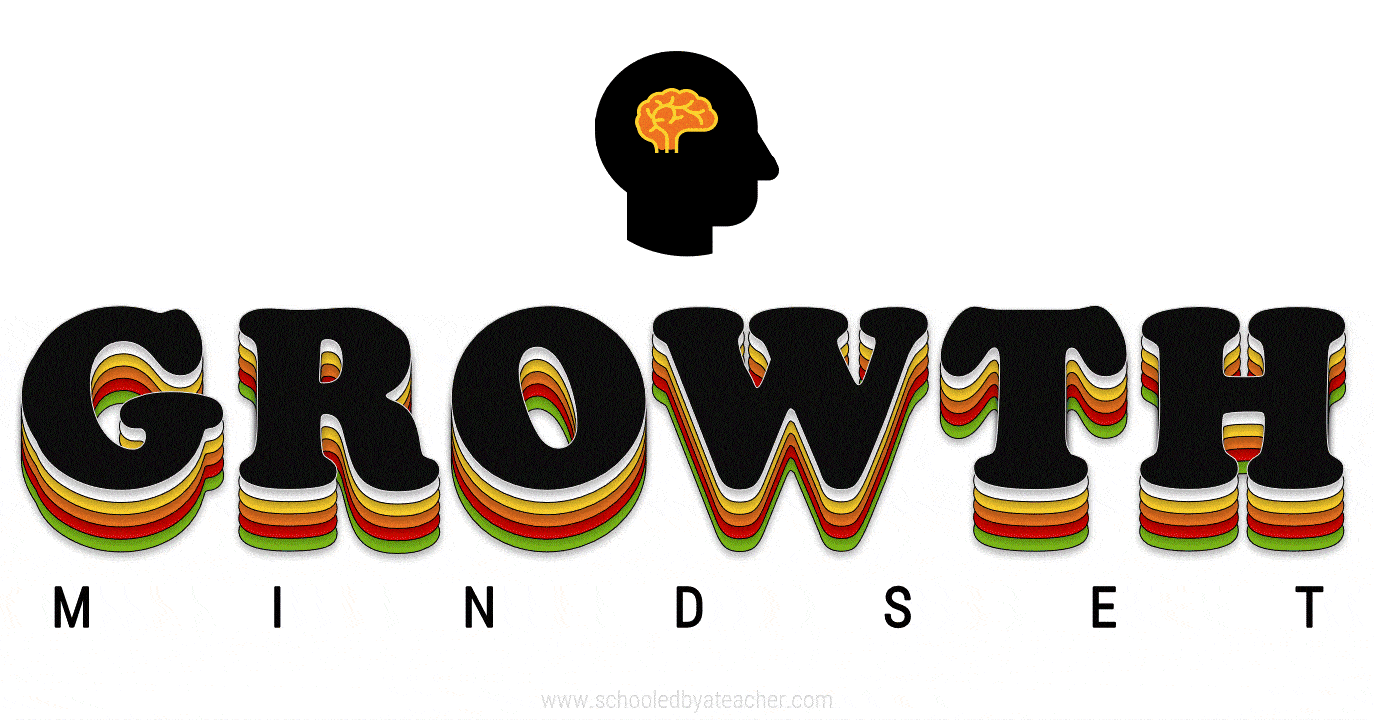EDLD 5315, Assessing Digital Learning, provided a valuable opportunity to explore the world of action research which put simply, is “characterized as research that is done by teachers for themselves,” (Mertler, 2020, p.6). My focus throughout this journey in the ADL master’s degree program has been on exploring the effectiveness of technology-enhanced project-based learning (TEPBL) in supporting the academic and linguistic development of newcomer emergent bilingual students (NEBS) in middle school language arts classes. This course equipped me with the skills and knowledge to implement and evaluate the effectiveness of my innovation plan on this topic using action research.
Action Research Outline: The foundation of my research was laid out in the action research outline. This document outlined the purpose and question of my study, which aimed to investigate how TEPBL impacts the academic and linguistic performance of NEBS. I chose a mixed-methods design, combining quantitative and qualitative data collection methods, to gain a comprehensive understanding of the intervention’s effects.
Literature Review: To delve deeper into the topic, I conducted a thorough literature review. This review explored the potential benefits and challenges of TEPBL, specifically for NEBS learners. It highlighted the potential of TEPBL to foster critical thinking, collaboration, and communication skills, while acknowledging the need for effective implementation strategies and support structures to address the unique challenges faced by this population. The review also identified a gap in research on the specific impact of TEPBL on NEBS’ academic and linguistic outcomes, paving the way for my own study.
Action Research Plan: Building upon the foundation laid out in the previous sections, I developed a detailed action research plan. This plan outlines the research design, data collection methods, and data analysis procedures. The plan included various data collection strategies, such as pre-tests, unit assessments, surveys, interviews, and student artifacts, to capture both quantitative and qualitative data throughout the intervention/innovation cycle. The plan also emphasized the importance of sharing the findings with various stakeholders, including educators, administrators, and researchers, to maximize the impact of the research and inform educational practice.
Resources from Data Collection and Analysis Section:
- Pre-test to assess students’ academic skills and language proficiency (e.g., reading, writing, vocabulary) in L1 (native language):
- Spanish | Vietnamese | English (will be translated to L1 of students who do not speak Spanish or Vietnamese)
- Collection of student artifacts (e.g., classwork, project work, reflections)
- Unit assessments to measure academic achievement in language arts content.
- TEPBL Implementation Outline
Final Thoughts: EDLD 5315 has been an enriching experience, equipping me with the necessary skills and knowledge to conduct meaningful action research. Throughout this course, I gained valuable insights into the potential of TEPBL to support NEBS learners and the importance of research-driven approaches to improve educational practices. I am confident that the knowledge and experience gained from this course will empower me to continue exploring innovative and effective ways to support the success of all students, particularly those who face unique challenges in the classroom.
References
Mertler, C. A. (2020). Action research: Improving schools and empowering educators (6th ed.). Sage Publications, Inc.
Texas Education Agency. (2017). Spanish Language Arts and Reading K-12 Vertical Alignment. (TEA). https://tea.texas.gov/sites/default/files/Vertical%20alignment_adopted_K-12_Spanish.pdf





